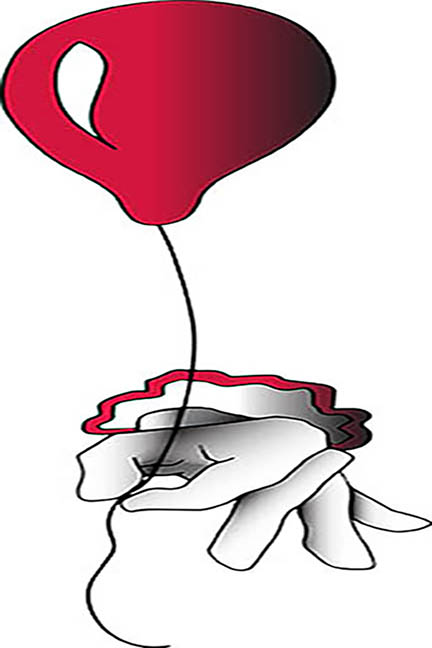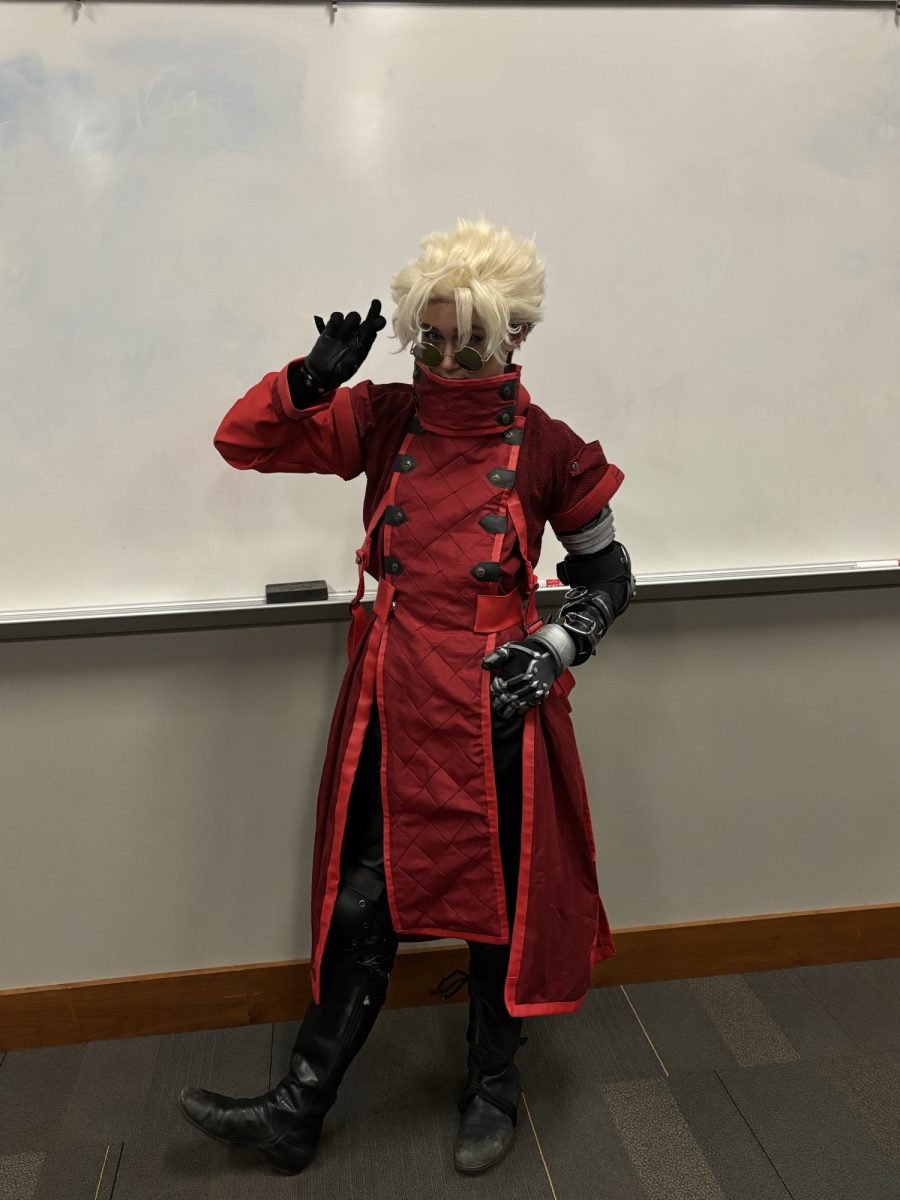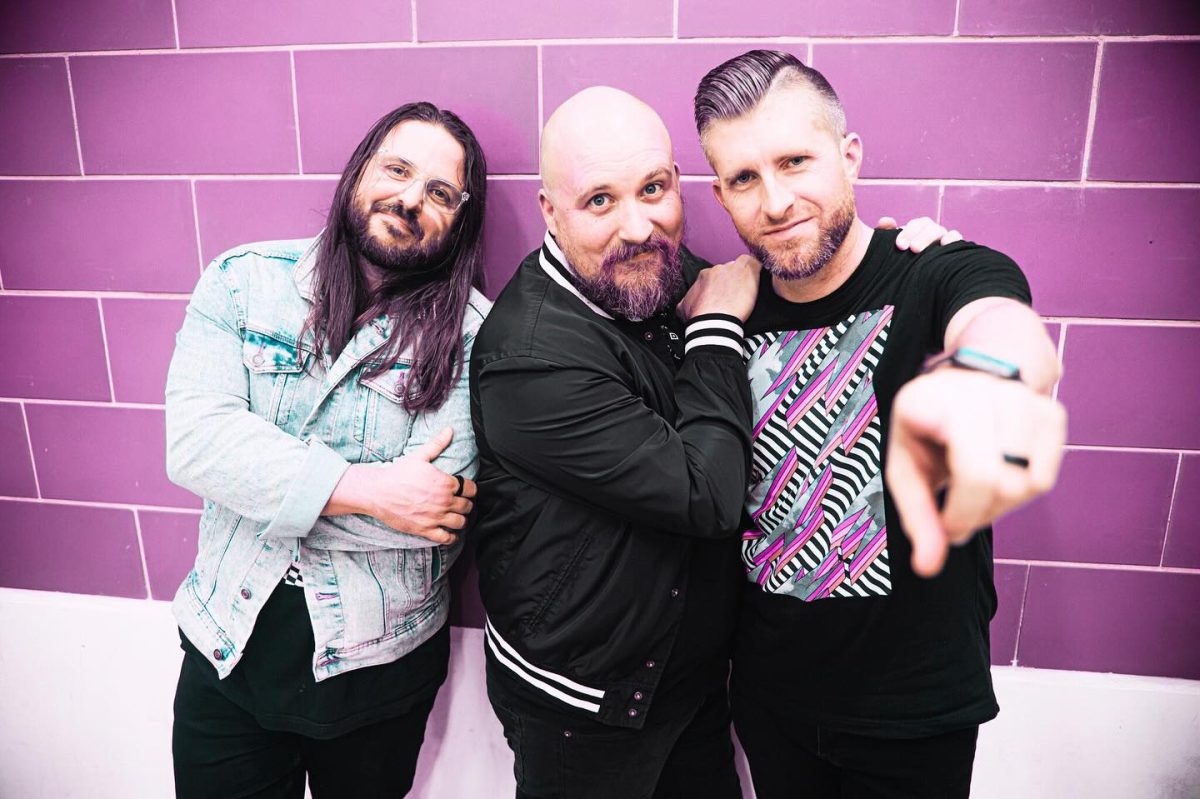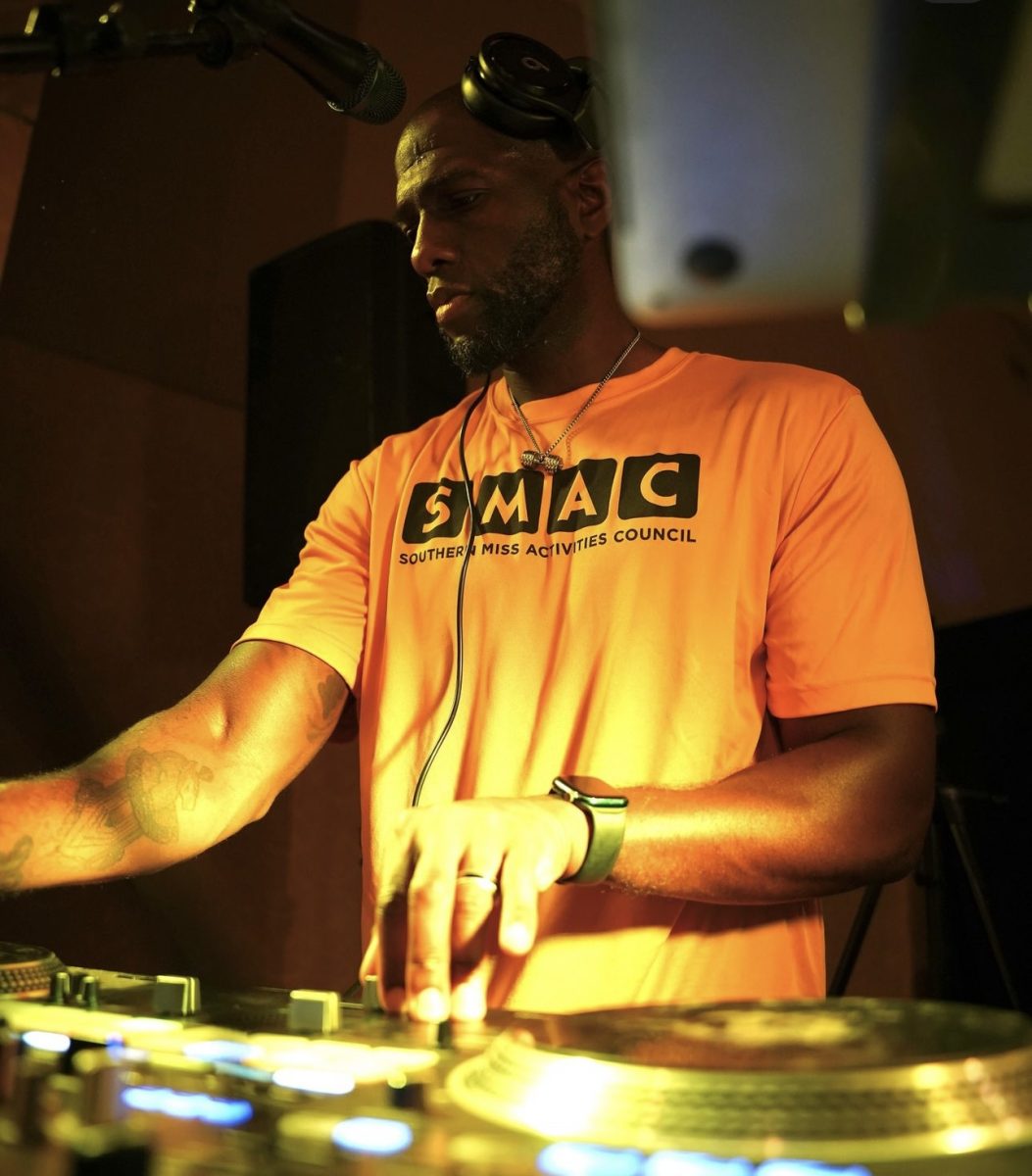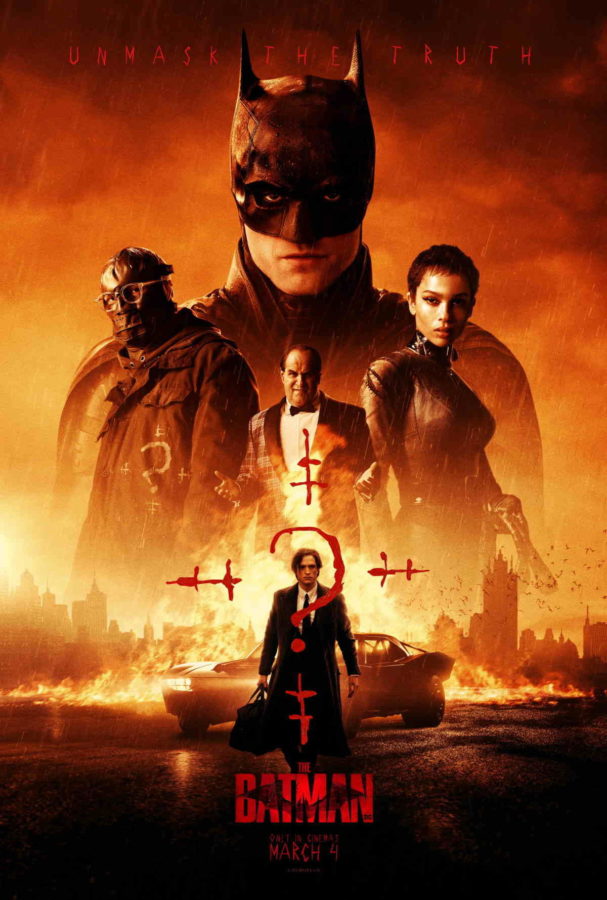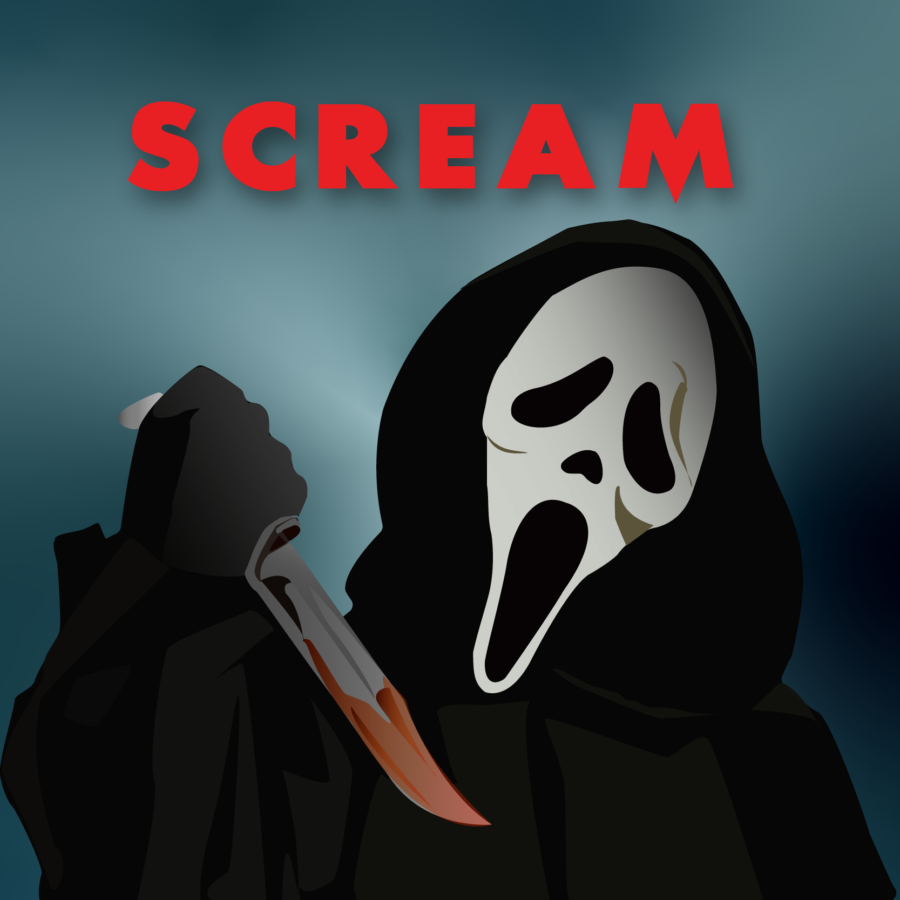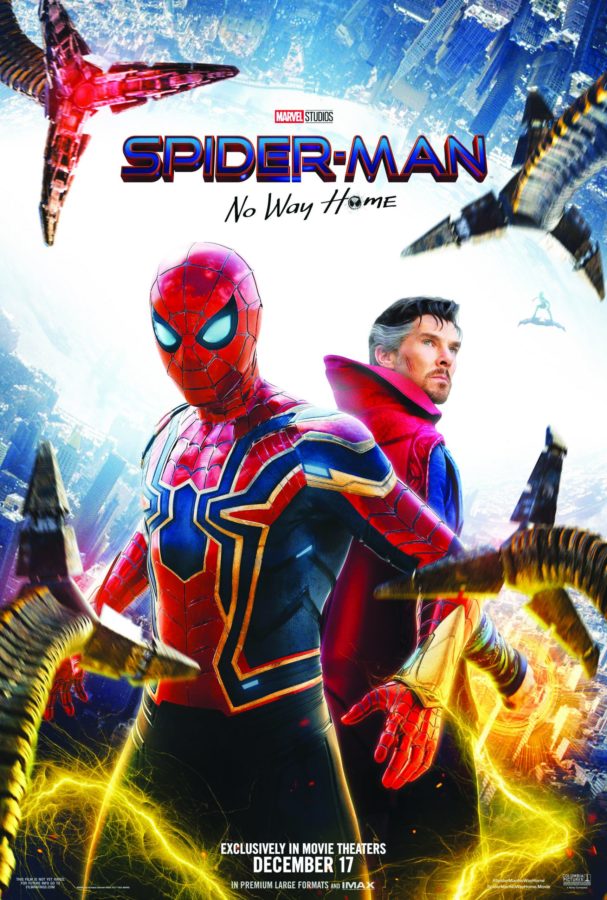Graphic by Kathleen Hetherington

Andy Muschietti’s “IT Chapter Two” is a strange mixture of jumpscares, comedy, highly disturbing imagery
The tone at the beginning of this movie is tense, with each disturbing scene adding to the intensity of dread, but this trend is very quickly disrupted by the oversaturation of comedic relief. Bill Hader’s character is often the vessel for this comedic relief. It makes sense because his character is a professional comedian, but it often completely destroys the tension in any given scene.
A certain level of comedy is necessary for a lot of horror films to give the audience a break from the disturbing atmosphere, but at a certain point, the film’s status as a horror movie gets called into question.
The score is another aspect of this film that does not help build the atmosphere of tension that it so clearly tries to achieve. For most of the scenes, the music has a generic horror movie ambiance, but there are a few scenes that randomly interject upbeat pop music into what would otherwise be a disturbing moment. This just serves to further devalue the horror aspects of the film.
When it comes to the actual horror elements themselves, the film mainly makes use of visual horror. The use of grotesque imagery is well-executed with an almost Lovecraftian flair; the use of jumpscares, however, is slightly overdone.
Jumpscares are an inevitability when a horror film has an antagonist like an ancient demon taking on the form of a killer clown, but that does not mean that they have to be used every single time that the villain has a scene. Every time anything remotely out of the ordinary comes into frame, the audience knows to expect a jumpscare within the next few seconds, accompanied by a very unnecessarily jarring music cue.
The plot is consistently interesting; there is not a single point in the film that can be accurately referred to as “the boring part.” One problem the writing has, however, is the rules of the antagonist are not well established. In some places, the story becomes confusing because “IT” is acting against the ways that had been previously established. For this reason, the ending that the movie has seems quite random and comes out of nowhere. By that point, the established rules of the film’s universe had been broken so many times that seemingly anything could happen and it would be canonically established as the ending.
By far the movie’s strongest aspect is its character development. The film starts out by giving the audience insight into a personal conflict that each of the characters is going through, and throughout the story, the perspective is able to shift between the six main characters without making them seem shallow. “IT Chapter Two” is one of those rare films where every character gets a complete and satisfying arc.
One slightly off-putting thing is that none of the characters act in realistic ways at any point in the story. This does not necessarily take away from the quality of the film because it commits to this unrealistic style. Every scene is almost like the film’s representation of a page from a comic book, with its highly exaggerated imagery and comic-like tone.
“IT Chapter Two” is a mixed bag. As a horror movie, the oversaturation of comedic relief and overreliance on jumpscares causes it to fall flat. As a character-driven thriller, however, it delivers a compelling story with memorable characters. In the end, although it could have been better, it is certainly a memorable experience and a good conclusion to the film adaptations of Stephen King’s classic story.
























